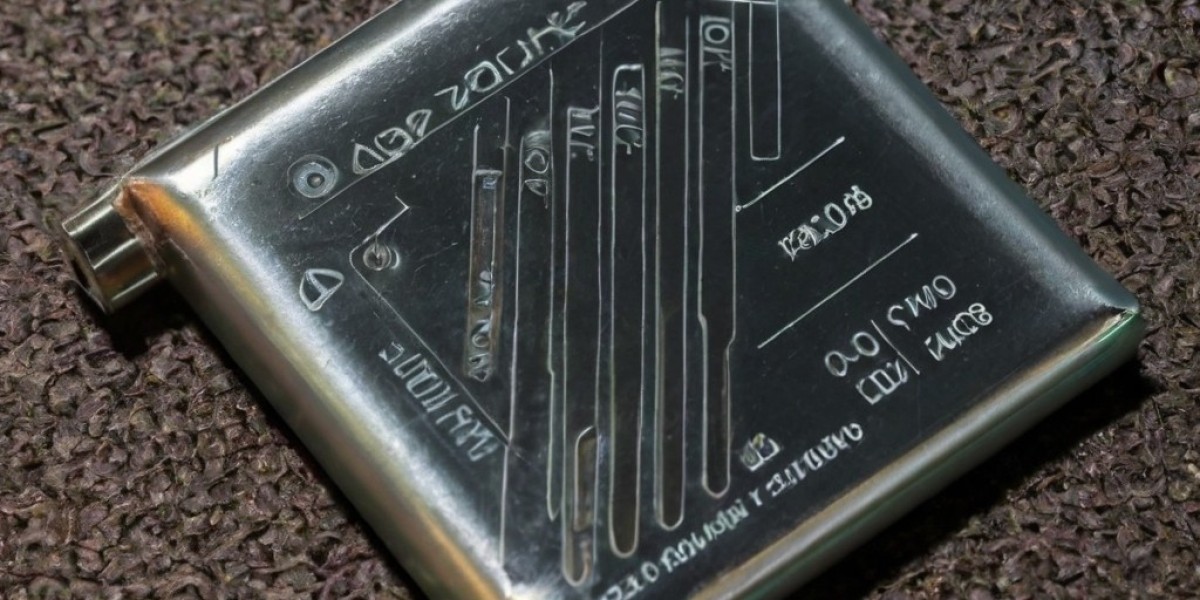Introduction:
The quest for efficient and sustainable energy storage graphene battery solutions has led to groundbreaking advancements in battery technology. Among these innovations, the graphene battery has emerged as a promising candidate, leveraging the exceptional properties of graphene to revolutionize energy storage. Graphene, a single layer of carbon atoms arranged in a hexagonal lattice, possesses remarkable characteristics such as high electrical conductivity, mechanical strength, large surface area, and chemical stability.
Understanding Graphene Batteries:
A graphene battery, also known as a graphene-based battery, utilizes graphene or graphene-based materials in its construction. Graphene's exceptional properties make it an ideal candidate for improving battery performance. These batteries come in various forms, including graphene-enhanced lithium-ion batteries, graphene-sulfur batteries, graphene-air batteries, and more. By incorporating graphene into battery systems, researchers aim to enhance energy density, charge-discharge rates, cycle life, and safety.
Advantages of Graphene Batteries:
Graphene batteries offer several advantages over traditional battery technologies:
a. Higher Energy Density: Graphene's large surface area and high electrical conductivity enable efficient energy storage, resulting in higher energy density. This means that graphene batteries can store more energy in the same volume or weight, leading to longer-lasting power for various applications.
b. Faster Charging and Discharging: Graphene's excellent electrical conductivity allows for rapid charging and discharging rates. Graphene batteries can accumulate and release energy at a significantly faster pace compared to conventional batteries, reducing charging times and improving overall efficiency.
c. Extended Cycle Life: Graphene's mechanical strength and chemical stability contribute to the longevity of graphene batteries. They can endure a larger number of charge-discharge cycles without significant capacity degradation, resulting in longer-lasting and more reliable energy storage solutions.
d. Improved Safety: Graphene's thermal stability and resistance to overheating make graphene batteries inherently safer than some other battery technologies. Additionally, graphene can inhibit the formation of dendrites, which are finger-like growths that can cause short circuits in batteries, further enhancing the safety of graphene batteries.
Working Principles of Graphene Batteries:
Graphene batteries utilize graphene in various components, such as electrodes, electrolytes, and separators, to enhance their performance. The specific working principles depend on the type of graphene battery, but here is a general overview:
a. Graphene-Enhanced Lithium-ion Batteries: In these batteries, graphene is incorporated into the anode or cathode material to improve energy storage capacity, charge-discharge rates, and cycle life. Graphene's high electrical conductivity and large surface area facilitate efficient lithium ion transport, resulting in enhanced battery performance.
b. Graphene-Sulfur Batteries: Graphene is used in the cathode of sulfur-based batteries to encapsulate and stabilize sulfur, preventing its degradation during charge-discharge cycles. This enables higher energy density and longer cycle life compared to traditional sulfur batteries.
c. Graphene-Air Batteries: Graphene is employed as an electrode material in graphene-air batteries. Oxygen from the air reacts with the graphene electrode, enabling the battery to generate electrical energy. These batteries have the potential for high energy density and can be used in applications where weight is a critical factor.
Current Research and Technological Advancements:
Researchers and engineers are actively exploring various avenues to optimize graphene batteries and unlock their full potential:
a. Composite Materials: Graphene can be combined with other materials, such as metal oxides or polymers, to form composite materials. These composites enhance specific battery components, improving energy storage capacity, charge-discharge rates, and cycle life. Additionally, they promote stability and prevent electrode degradation.
b. Silicon-Graphene Anodes: Silicon has a high theoretical capacity for energy storage but suffers from volume expansion during charge-discharge cycles, leading to electrode degradation. Graphene can mitigate this issue by providing mechanical support and improving the stability of silicon-based anodes, thereby increasing the energy density of the battery.
c. 3D Graphene Structures: Researchers are exploring the development of three-dimensional graphene structures to further enhance battery performance. These structures maximize the surface area available for energy storage, improve ion transport, and optimize electron pathways, resulting in higher energy density and faster charging capabilities.
d. Scalable Manufacturing Processes: The scalability of graphene battery production is crucial for their widespread adoption. Researchers are working on developing cost-effective and scalable manufacturing processes to meet the growing demand for graphene-based energy storage systems.
Applications of Graphene Batteries:
Graphene batteries have the potential to revolutionize several industries:
a. Electric Vehicles (EVs): The high energy density, fast charging, and extended cycle life of graphene batteries make them ideal for electric vehicles. These batteries can provide longer driving ranges, shorter charging times, and improved overall performance, accelerating the adoption of electric transportation.
b. Portable Electronics: Graphenebatteries can significantly enhance the performance of portable electronic devices such as smartphones, tablets, laptops, and wearables. Their high energy density and fast charging capabilities ensure longer battery life and reduced downtime for users.
c. Renewable Energy Storage: Graphene batteries can play a vital role in storing energy generated from renewable sources such as solar and wind. They offer efficient energy storage and discharge, helping to balance the intermittent nature of renewable energy generation and optimize its utilization.
d. Aerospace and Aviation: The lightweight nature of graphene batteries makes them well-suited for aerospace and aviation applications. They can power unmanned aerial vehicles (UAVs), satellites, and other space exploration missions, where weight reduction is critical for achieving optimal performance.
e. Grid-Level Energy Storage: Graphene batteries have the potential to address the challenges associated with grid-level energy storage. Their high energy density and rapid charge-discharge rates can help stabilize the grid, manage peak demand, and facilitate the integration of intermittent renewable energy sources into the power grid.
Challenges and Future Outlook:
While graphene batteries hold tremendous promise, several challenges need to be addressed before their widespread commercialization:
a. Cost: Graphene production and integration processes are currently expensive, which limits the scalability and commercial viability of graphene batteries. Researchers are actively working on cost reduction strategies and exploring alternative methods for large-scale graphene production.
b. Manufacturing Scalability: Achieving scalable manufacturing processes for graphene batteries remains a significant hurdle. Developing reliable and cost-effective methods for mass production is essential to meet the increasing demand for energy storage solutions.
c. Standardization and Safety: As graphene batteries continue to evolve, it is crucial to establish standardized testing and safety protocols to ensure their reliability and safe integration into various applications. Addressing concerns related to stability, flammability, and environmental impact is essential for consumer acceptance and regulatory compliance.
Looking ahead, the future of graphene batteries appears promising. Ongoing research and development efforts, along with advancements in graphene production techniques, are expected to drive down costs and improve battery performance. As the demand for high-performance energy storage systems continues to rise, graphene batteries have the potential to become a transformative technology, enabling a sustainable and energy-efficient future.
Conclusion:
Graphene batteries represent a significant leap forward in energy storage technology. Leveraging the exceptional properties of graphene, these batteries offer higher energy density, faster charging rates, extended cycle life, and improved safety compared to conventional battery technologies. With their potential applications in electric vehicles, portable electronics, renewable energy storage, aerospace, and grid-level energy storage, graphene batteries hold the key to unlocking a more sustainable and efficient future. While challenges remain, ongoing research and technological advancements are paving the way for the widespread adoption of graphene batteries, transforming the energy storage landscape and driving us closer to a cleaner and greener world.


